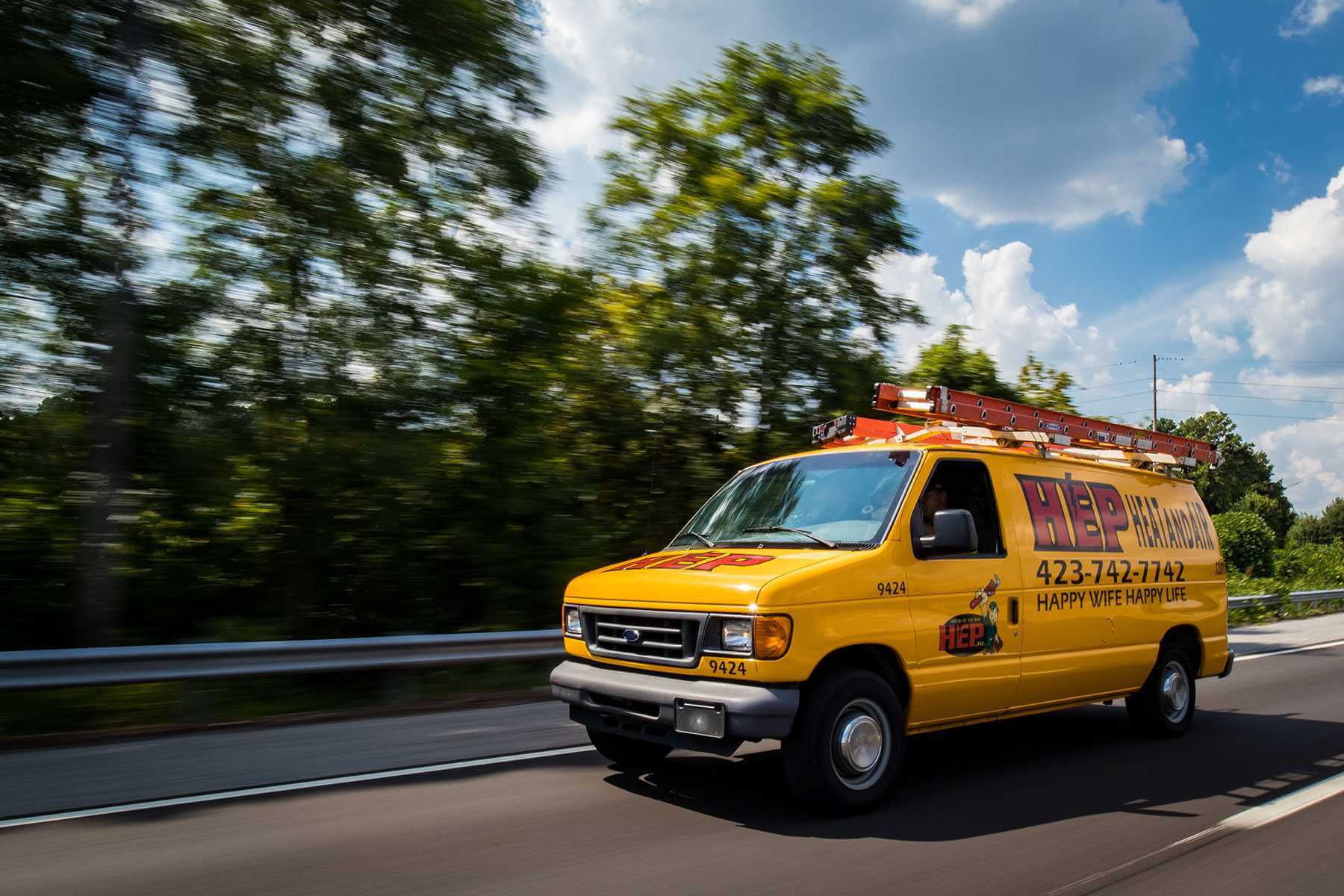

Water Softeners
Your trusted partner for professional home services. Quality workmanship, guaranteed satisfaction.




- HEP Plumbing
- Water Softeners
Water Softeners | Water Purification | Plumbing | Hillsboro
Crystal-clear showers, spot-free dishes, and longer-lasting appliances all start with better water. Serving Hillsboro neighbors for decades, HEP’s licensed plumbers pair advanced resin-bed softeners with proven filtration technology to strip away hardness minerals, chlorine, and lingering contaminants. The result is velvety-soft water that tastes crisp, feels gentle on skin, and protects every inch of your plumbing system—saving you money and hassle down the line.
From the first on-site test to the final system check, our team handles every step with hometown care and big-city expertise. Whether you’re upgrading an aging unit or installing a whole-home solution for the first time, we’ll tailor a setup that meets local code, fits your budget, and delivers true water purification you can trust. Call today and enjoy the difference every sip, rinse, and cycle can make.
FAQs
How hard is Hillsboro’s tap water and why should I consider a softener?
Hillsboro’s municipal water averages about 2–4 grains per gallon (gpg), which is technically "soft" to "slightly hard." However, many homes on private wells or outside city limits experience hardness levels above 8 gpg. When hardness rises past 6 gpg, calcium and magnesium scale can clog pipes, shorten appliance life, dull laundry colors and leave spots on dishes. A water softener prevents those issues by exchanging hardness minerals for sodium or potassium, protecting plumbing and improving everyday water-using tasks.
How does a conventional ion-exchange water softener work?
Inside the softener tank are thousands of resin beads charged with sodium or potassium ions. As hard water passes through, calcium and magnesium ions attach to the resin and are swapped for the harmless sodium/potassium ions—this is the ion-exchange process. When the beads become saturated, the control valve triggers a regeneration cycle that flushes the hardness minerals to the drain and recharges the resin with a brine solution so the system is ready to soften again.
Does a water softener also purify my water?
A softener’s primary job is to remove hardness minerals; it does NOT remove chlorine, lead, bacteria, PFAS, or most other contaminants. If you want broader purification—better taste, odor removal, or protection from heavy metals and chemicals—pair the softener with activated carbon filtration or reverse osmosis (RO). Many Hillsboro homeowners install a whole-house carbon filter before the softener and an RO unit at the kitchen sink for drinking water.
How often will I need to add salt and service the equipment?
Salt usage depends on water hardness, household size, and softener efficiency. A typical family of four in Hillsboro with 10 gpg well water will use about one 40-lb bag every 4–6 weeks. Modern metered softeners regenerate only when needed, reducing salt and water waste. Beyond keeping the brine tank at least half full, plan on an annual inspection to clean the injector, check the resin bed, sanitize the system, and verify settings. Most service visits take under an hour and keep the unit running at peak efficiency.
What size softener do I need for my home?
Sizing is based on two numbers: (1) your water hardness in grains per gallon and (2) the number of people in the home. Multiply hardness by 75 gallons of water per person per day to get your daily grain removal requirement. For example, a family of 3 on 12 gpg well water: 12 gpg × 3 × 75 gal = 2,700 grains/day. Divide this by how often you want the unit to regenerate (typically every 7 days) to select capacity. In this case, a 24,000–32,000-grain softener is ideal. Our technicians test your water on-site and recommend the right model so you’re not over- or under-sized.
Are there salt-free or environmentally friendly alternatives?
Yes. Template Assisted Crystallization (TAC) and electronic descalers condition water without adding sodium or discharging brine. These systems alter hardness minerals so they don’t stick to surfaces but still leave calcium and magnesium in the water. They are maintenance-free and meet Oregon’s environmental guidelines, but they don’t provide the silky feel or full scale elimination of a true ion-exchange softener. We offer side-by-side comparisons and can test a sample from your home to determine which technology meets your water quality goals and sustainability preferences.